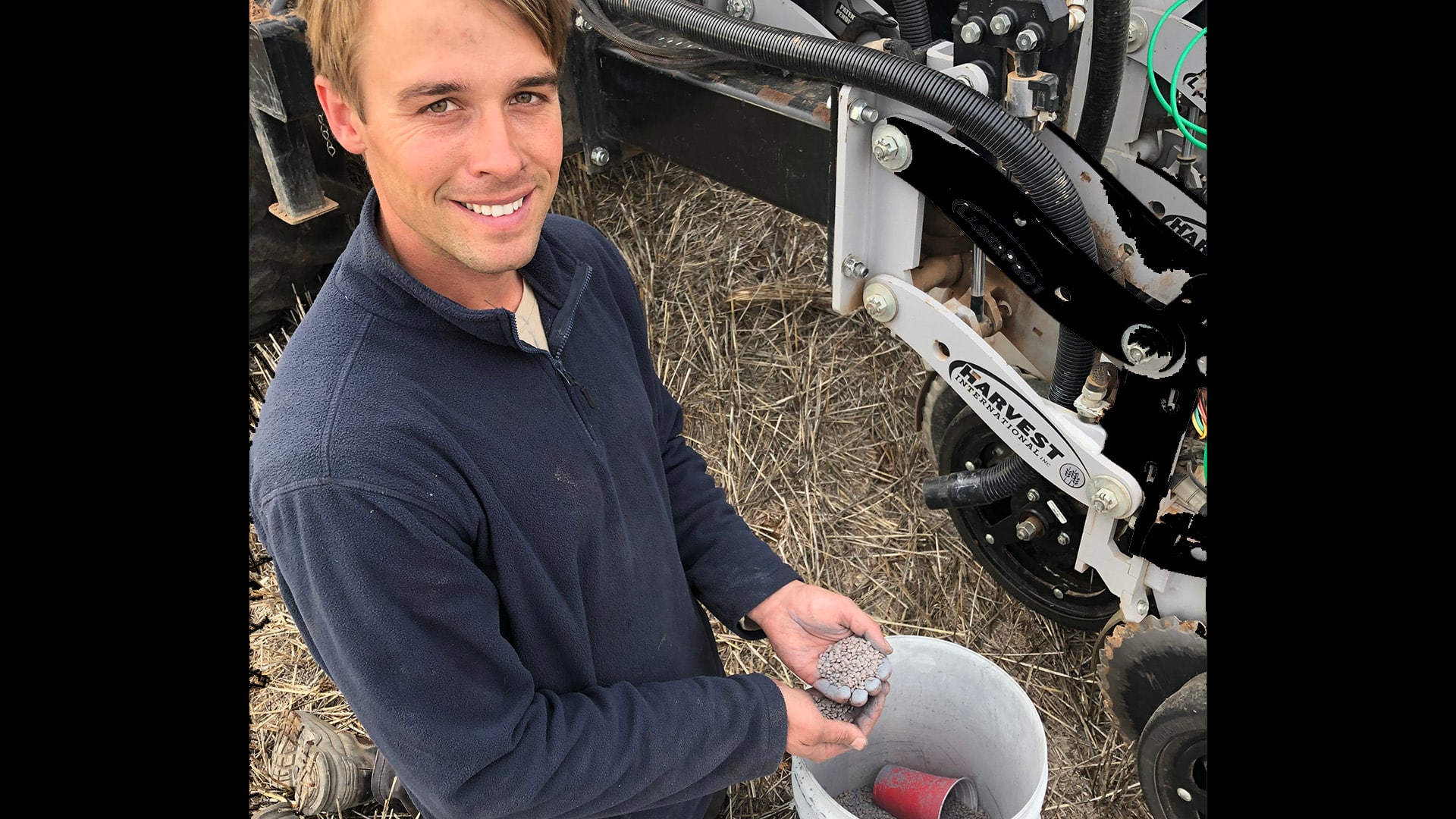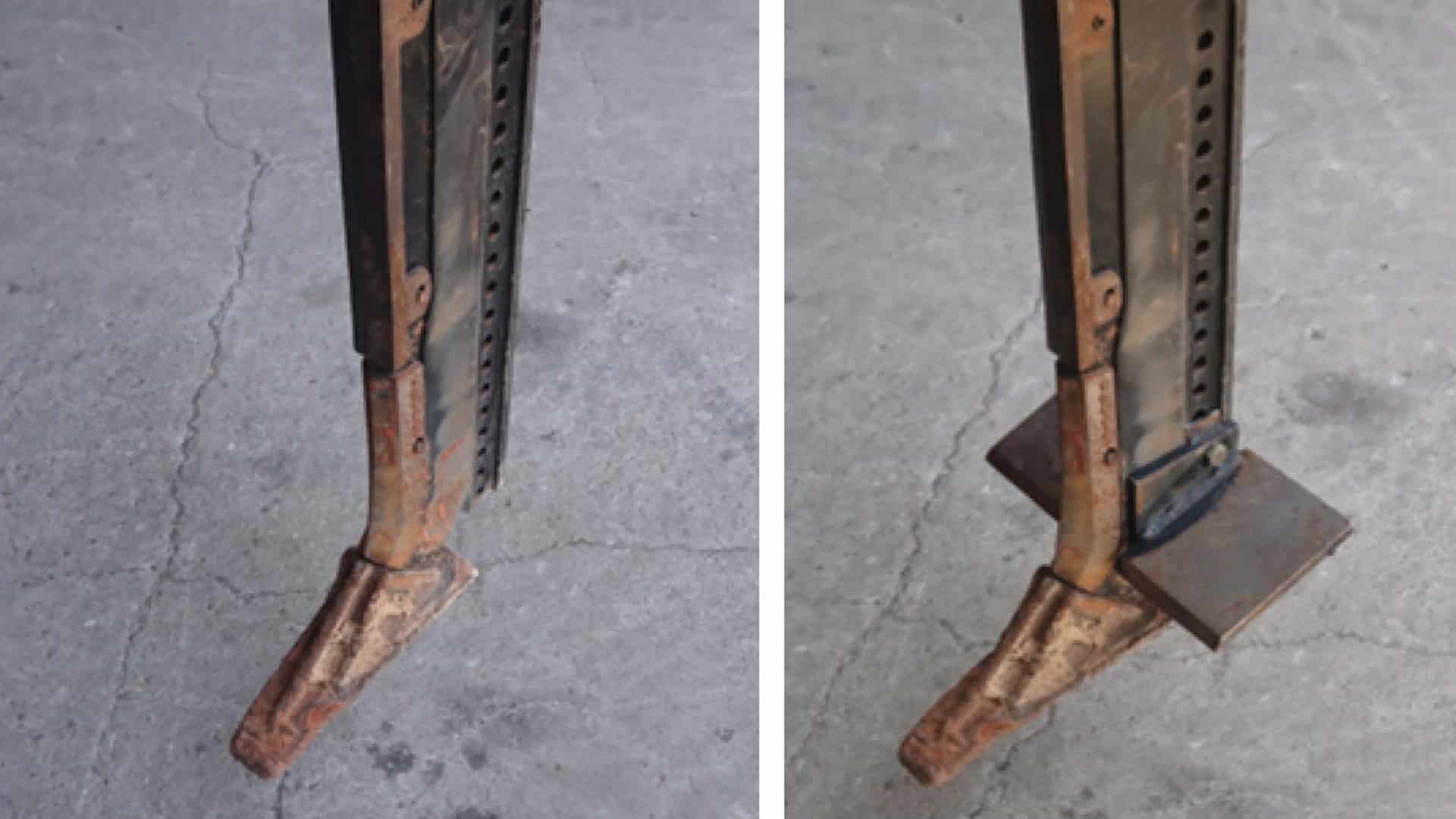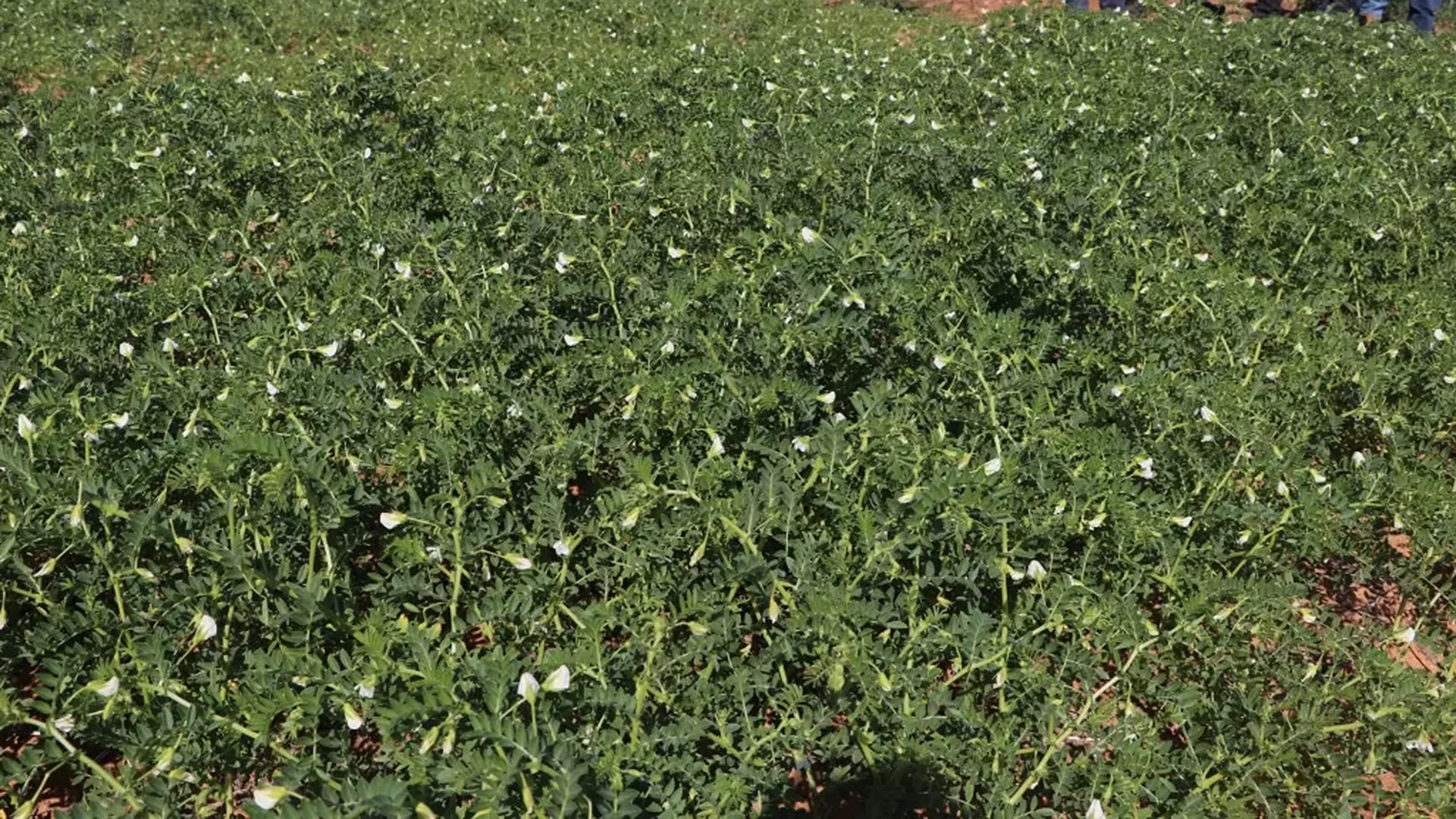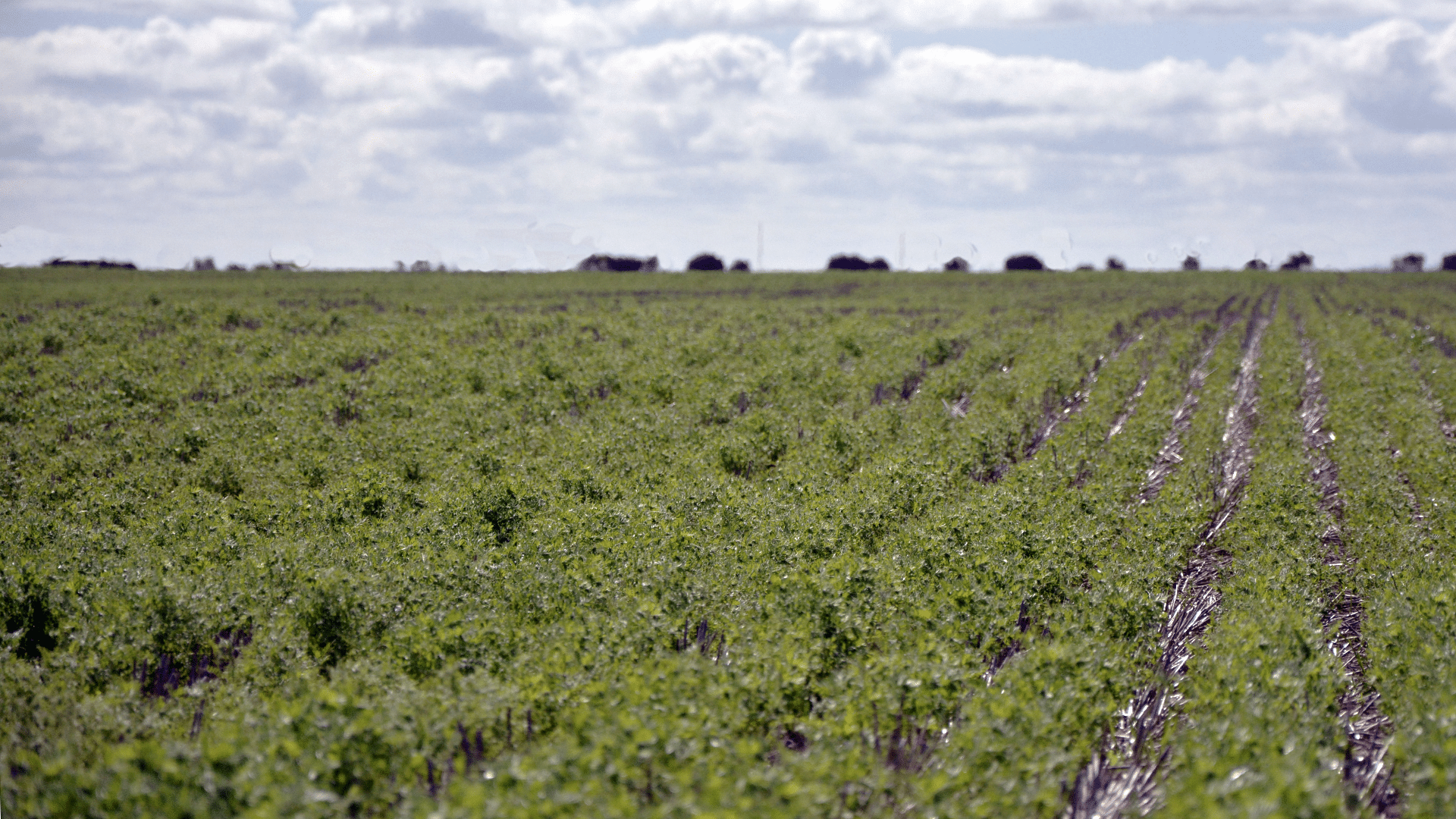START
FINISH

Summary
Increasing the uniformity of seed distribution within the planting row decreases interplant competition, which can increase yield. This project looked at the impact of improving stand uniformity on the yield of canola, chickpeas and lentils over three seasons.
On average, using a precision seeder improved the spatial uniformity of seed distribution by 72% over a cone seeder, which best replicated the seed distribution achievable by air seeders.
Despite this significantly improved seed distribution, no discernible yield advantage was realised over these seasons.
Background
Precision seeding technology has the potential to deliver significant improvements in the uniformity of seed distribution, when compared to conventional air seeder systems. Overseas trials with oilseeds and corn have demonstrated significant yield improvements when the uniformity of seed placement is improved using such technology.
This study compared ‘precision’ and ‘cone’ seed metering over three years of field trials at Port Broughton (two seasons) and Mallala (one season). The impact of seed metering method on interplant spacing uniformity, crop establishment and grain yield was measured and compared.
Research Aims
The core objectives of the project were to:
- Evaluate yield benefit from improving the spatial uniformity of seed distribution.
- Assess whether precision seeding equipment could improve the profitability of high-value pulse and oilseed crops.
In The Field
Small plot field trials were undertaken in chickpeas, lentils and canola. Plots were sown using precision seed metering in an attempt to achieve uniform seed distribution. This was compared with a ‘cone’ seeder, which replicates the more random seed distribution delivered by commercial air seeders, as a control.
The precision planting seeder used vacuum seed metering ‘v-Set’ meters by Precision Planting, mounted on double disc row units. Seed metering was monitored using a SeedSense™ 20/20 monitor with optical seed counter on each row.
Each crop type was sown at four different densities, based on optimum crop densities for the trial location rainfall zone. These densities were 100 per cent (optimum density), 87.5 per cent, 75 per cent and 50 per cent. For canola only, the lowest rate was decreased to 34 per cent to explore ‘super low’ density planting.
The trials were assessed for:
- Plant spacings along two 3-metre rows per plot.
- Interplant spacings between 30 plants by two rows per plot.
- Grain yield.
Numerous challenges were encountered through these trials. Without careful site preparation, existing press wheel furrows could cause vibrations that affected seed singulation. The seeder being used was unable to deliver granular fertiliser in furrow and liquid in furrow was adopted instead, although this method is not typical for the area.
Differences in sowing speeds between the precision and cone metering systems led to inconsistencies in pre-emergent chemical safety in lentils. Moving to heavier textured soils at Mallala created issues with planting depth and crop establishment due to the low weight of the small precision seeder, even with added hydraulic down-force.
Results
Despite the equipment challenges, the precision seeder was found to improve spatial uniformity of seed by 72 per cent over the cone seeder. However, yields were not found to be significantly improved.
In 2019 trials with canola, for example, the cone seeder achieved a uniformity coefficient (out of 100) of 28, a crop establishment rate of 65 per cent and a yield of 2.21 tonnes per hectare. In the same trial, the precision seeder achieved a uniformity coefficient of 54, 64 per cent crop establishment and 2.18t/ha yield.
Detailed trial configuration and results data is available in the project final report.
Project Participants
Northern Sustainable Soils: Stefan Schmitt
The Problem
Conventional ‘air’ seeding systems place seed unevenly, resulting in poor stand uniformity and increased interplant competition. Precision planting technology offers greater control over seed placement.
The research
Trial plots were sown using a precision seeder and a cone seeder. Stand uniformity and yield were assessed to explore the impact of precision seed placement.
More information
Stefan Schmitt, Northern Sustainable Soils
T: 0418 524 754
E: [email protected]
Value for Growers
These trials successfully demonstrated the capabilities and limitations of current precision seeder equipment. It is noteworthy that the equipment can achieve 90 to 100 per cent uniformity in static trials with lentils and chickpeas but this declines under field conditions.
Growers can be alert to the potential challenges of adopting precision seeder technology to dryland broadacre cropping. Barriers include opener type (double disc being the only current option), impact of vibration caused by uneven surfaces or stones on metering, the expertise needed to operate the technology, and cost. They can also be aware of the need to have a buffer of extra seed to account for field losses or poor establishment when setting a target plant density.
There is capacity to further improve the precision of seeding with equipment improvements and it is still plausible that improving spatial distribution by more than 72 per cent could improve crop yield or allow yield to be maximised at lower seeding rates.



